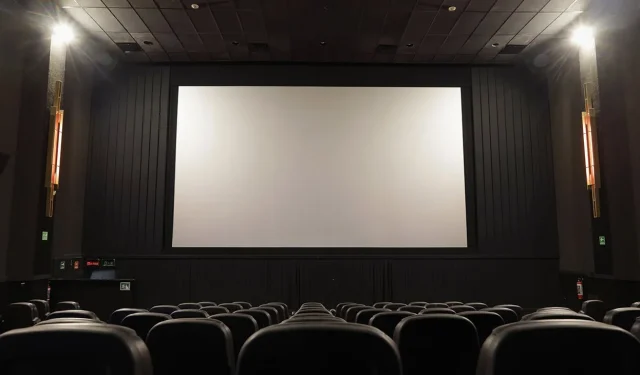Accessibility Gaps in Movie Theaters for Disabled Audiences
A recent study conducted by the Inevitable Foundation sheds light on the experiences of disabled moviegoers, revealing that 65% of them prefer watching films in theaters rather than at home. Despite this preference, a staggering 96% reported that theaters do not adequately meet their accessibility requirements.
The Survey Overview
The survey, which included over 100 disabled individuals, focused on their theater experiences over the last two years. Participants expressed their desires regarding features such as accessible seating and open captioning, highlighting significant gaps in current offerings.
Key Findings on Accessibility Needs
The findings indicate serious shortcomings in seating and restroom accessibility. Specifically, 42% of respondents faced challenges when seeking necessary accessible seating options such as reclining chairs or wheelchair spaces. Moreover, 68% reported visiting theaters lacking accessible restrooms, raising significant concerns about the overall theater experience for disabled patrons.
For those requiring sensory accommodations—due to heightened sensitivity to sound and light—63% favored low-sensory environments, which include restrictions on capacity and adjustable lighting levels. These preferences underscore the need for theaters to adapt to a diverse range of sensory needs.
Captioning Preferences
When it comes to captioning services, participants expressed a clear preference for open captions, which display subtitles directly on the film screen. Although they sometimes had access to handheld or other captioning devices, these options can frequently malfunction, leading to frustration. A notable 58% of respondents would appreciate open captions provided at select showings, while 22% expressed a desire for them to be consistently available.
Economic Implications and Conclusion
The report emphasizes that by approaching accessibility as a crucial investment instead of a financial burden, theater owners and distributors can enhance customer loyalty and trust while tapping into an underserved market valued at approximately $21 billion in discretionary income. As the report stated, “By investing in disabled audiences and their communities, exhibitors and distributors have a rare opportunity to increase general audience satisfaction by prioritizing comfort and experience.”
Ultimately, addressing the highlighted gaps offers not just moral imperatives but also significant economic opportunities in the movie industry.


